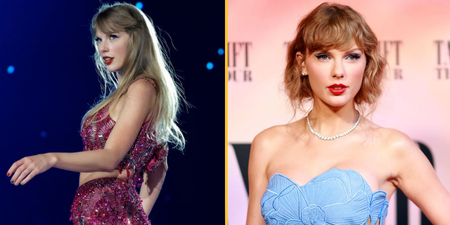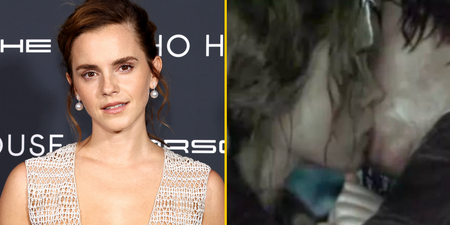Some 25 years ago, Diego Maradona and Jorge Burruchaga got the 1990 World Cup underway at the San Siro Stadium in Italy…
The tournament was low-scoring, both starting and ending with a 1-0 result, but we shouldn’t judge it on that alone. Indeed, there are many reasons why it was one of the best, if not the best, in a generation.
It had major shocks
Without the technological advances and scouting networks we have today, the idea of a proper unknown quantity was very much alive and well in 1990.
The tournament began with the first ever meeting between Argentina and Cameroon, pitting world-class superstars like Diego Maradona against a squad of whom almost half were still plying their trade in their home country.
It ought to have been straightforward for the South Americans, especially when Cameroon’s Andre Kana-Biyik was shown a straight red on the hour, but Francois Omam-Biyik scored the opener barely five minutes later.
Cameroon held out for a win despite ending the game with nine men, after Benjamin Massing picked up one of the most outrageous sendings-off in tournament history.
The games were at European-friendly times
As fun as the Brazil World Cup was, few of us truly miss having to stay up into the early hours to watch Gervinho score the winner against Japan in a group stage game.
Italia ’90 was perfectly geared towards a European audience, with no game kicking off later than 9pm local time (that’s 8pm here in the UK).
Ideal for watching the late game at the pub, and not running the risk of waking up the next morning with no knowledge of what happened during Portugal v USA in the 11pm game…

England were actually good
England boasted the previous World Cup’s Golden Boot winner in Gary Lineker, and he was joined by young up-and-coming talents like Paul Gascoigne and David Platt in a genuinely exciting squad.
They remained unbeaten throughout the tournament, topping their group and seeing off Belgium and Cameroon in the knockout rounds, only to famously fall at the semi-final stage on penalties.
The only negative is the false hope that run has given fans for every tournament since, regardless of the quality available to the manager.

There was an unlikely top scorer
When Salvatore ‘Toto’ Schillaci’s turned 26 years of age in the middle of the 1989/90 campaign, he was playing his first season in Serie A.
Three years earlier, after three goals in 33 games for second-tier Messina, he wouldn’t have dreamt of playing for Italy at his home World Cup.
Yet six goals in seven appearances earned him the tournament’s Golden Boot, giving hope to all strikers that the dream is never out of reach. In fact, can we blame Schillaci for Rickie Lambert’s call-up last year?
The mascot looked like something you could have made yourself
Ciao was clunkier than Footix, less cool than Naranjito, and lacked the family-friendliness of Striker, the World Cup Pup.
But the stick-figure brought to life was not without its charms, in part because it looked like the brainstorming session reached its Eureka moment when someone dropped a Rubik’s Cube on the floor.
With stylish mascots like Fuleco now commonplace, Italia ’90 reminded kids the world over that however odd their own designs may be, FIFA could come up with something stranger. And isn’t that what football is all about?


















































